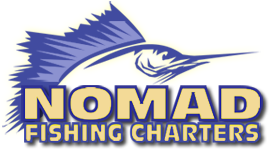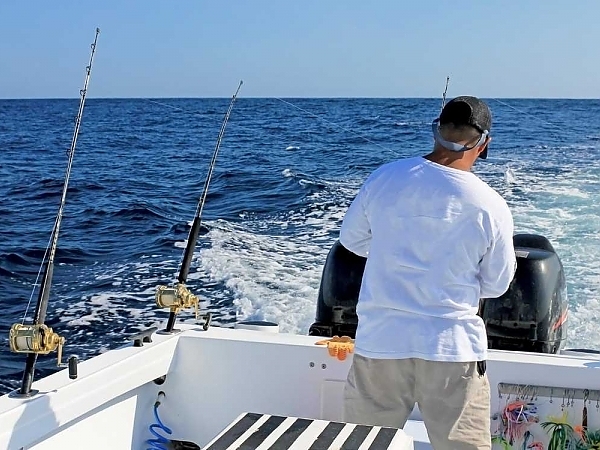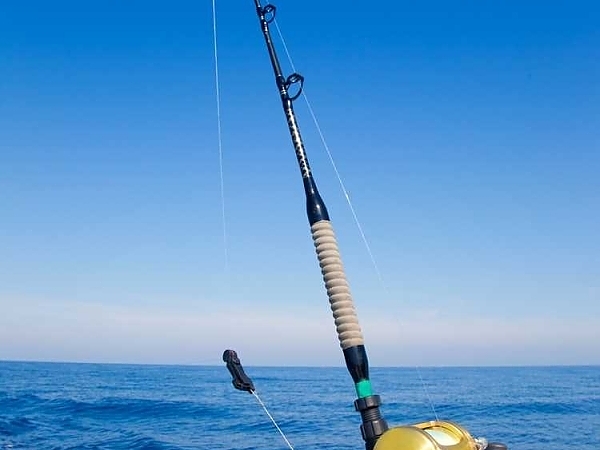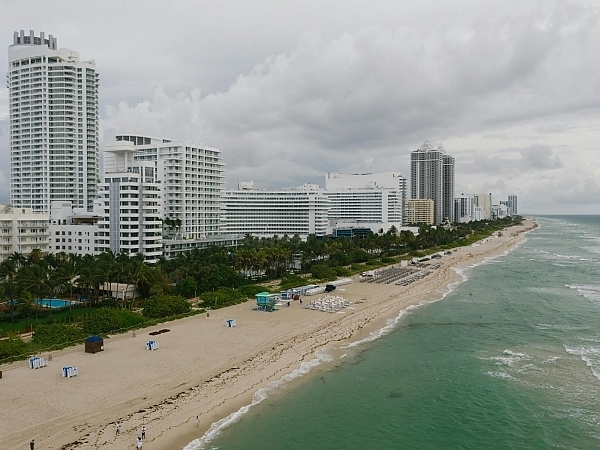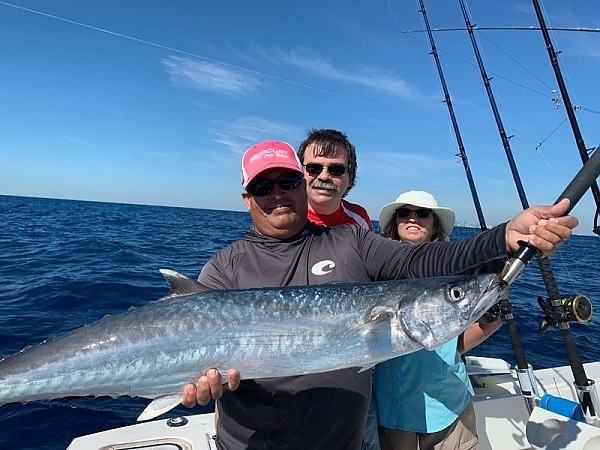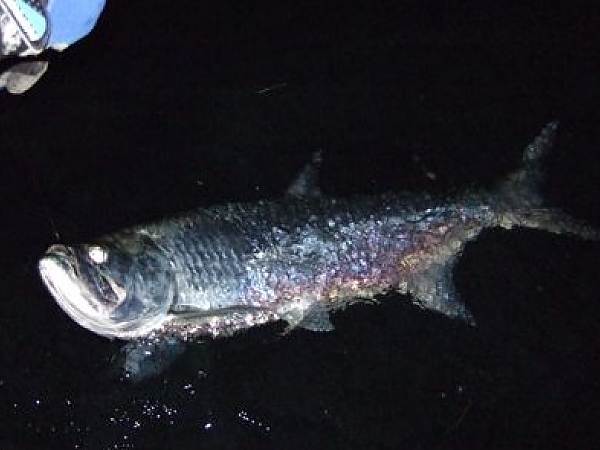Fishing After a Hurricane
Hurricanes are a fact of life for those of us living in Miami, Florida and surrounding areas. Storm impacts are usually associated with widespread damage to communities and a great amount of trash and debris to be picked up. Fortunately, not all of a storms effects are negative. Savvy fishermen see storms as an opportunity to enjoy some of the best fishing of the season. Although not results can be mixed, fishing for several types of game fish can be excellent during the post storm period. Offshore, a lot of the storm debris floating north in the gulfstream will carry passengers in the form of mahi mahi and wahoo. "Floaters" as they are commonly referred to, come in the form of pallets, down trees, and other random objects provide shelter for baitfish and feeding opportunities for predators searching for their next meal. As a general rule mahi mahi or dolphin fish as many folks call them are usually found near the surface under and around the floating objects. Wahoo or ono as they are called in Hawaii prefer to hang out a little deeper.
Both of these popular fish species can be targeted in several ways but without a doubt the most common tactics are trolling and run and gun styles of fishing. Each method has pros and cons and it's up to the captain to decide which will work better in a specific situation. Trolling is a great and relaxing way to cover a lot of water especially when debris and weedlines are scarce. As with any style of fishing it does have its drawbacks primarily the lack of speed. Unlike trolling run and gun fishing involves running at a comfortable cruising speed until fish or signs of fish are located. Once a promising area is found, baits are deployed until the fish are found. Bait can come in the form of live bait (most effective), jigs, lures, and cut bait. Another option with floaters is to drop a jig dow 100' to 200' down as wahoo a are suckers for them. If you prefer to troll, you can troll around the debris using planers in order to target wahoo that are feeding deeper in the water column. It is important to use a trace of fishing wire in order to keep the toothy wahoo from cutting through you leaders.
Storm conditions can also stir things up in and around both the deeper reefs as well as the shallower patch reefs. The strong winds and rains from hurricanes and tropical storms stir up the bottom causing the water to become cloudy and trigger a major feeding opportunity for bottom fish such as snapper and grouper. Unstable barometer readings can cause changes to these fish and their feeding patterns. Often, once the barometer stabilizes and starts to rise the fish will go on a major feed and move around a lot more than usual. It is this movement and increased feeding that provide a great opportunity for anglers. Fish can be targeted by anchoring and chumming with both frozen chum as well as live bait when available. The cloudy water gives the fisherman an edge and puts more fish in the box.
As you can see, fishing can be excellent after a storm. The key is to prepare ahead of time and get out on the water as soon as the storm passes and it is safe to navigate the waterways. Keep in mind that storms often damage navigation markers, and leave debris that can be hazardous to navigation so it is import to slow down and navigate with caution. If you follow these simple steps, you have a good chance and some excellent fishing opportunities.
Tight Lines,
Capt. Orlando Muñiz
‹ Back
